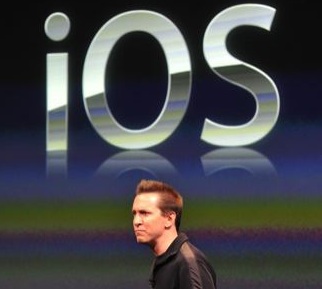The Wall Street Journal has released a report with updated information about why Apple decided to part ways with two senior executives, including former iOS SVP Scott Forstall and former SVP of Retail John Browett. The WSJ says that both executives were in fact asked to leave by Apple, following “missteps and management tensions” in their roles at Apple.
Forstall, according to the report, refused to personally sign his name to a letter of apology for Apple’s Maps in iOS 6, which is likely the same letter the company issued from CEO Tim Cook. Forstall reportedly wanted to take a different approach, without an apology, in the same way that Apple tackled the issue a few years ago with the iPhone 4’s antenna.
As for Browett, the WSJ says that one of the crucial incidents around his departure was that he oversaw the staffing formula earlier this year that led to early reports that Apple was firing a number of retail employees due to cut hours, action misinterpreted as a sign of retail weakness by some in the media.
Other sources cite similar causes for the departure of the two executives, including Fortune’s Adam Lashinsky who added that Apple’s slow growth of retail operations in China, as well as issues with initial public reception of Siri and its “beta” label, likely caused a lot of tension. Lashinsky also claims to have heard that Forstall refused to sign the apology letter for maps, something the WSJ later reported as coming from “people familiar with the matter.”
Daring Fireball’s well-connected John Gruber also noted in his analysis of the change that “the whole iOS 6 Maps thing” was a “potential factor” working against Forstall, adding also that his taste in design (the famous skeuomorphic apps are reportedly Forstall’s doing), as well as his management style, were additional factors.
The WSJ report goes into more detail on that score, too, saying that Forstall recently sent iOS software team members an email suggesting the group wasn’t tackling big-picture issues lately. He’s also said to have expressed negative sentiment about the change in leadership direction following Cook’s ascension to the CEO role.
Clearly, both departures were caused by a number of factors, and not any single misstep, but these new late-breaking reports at least add some basis from which to understand one of the most significant shakeups in the history of Apple corporate management.
